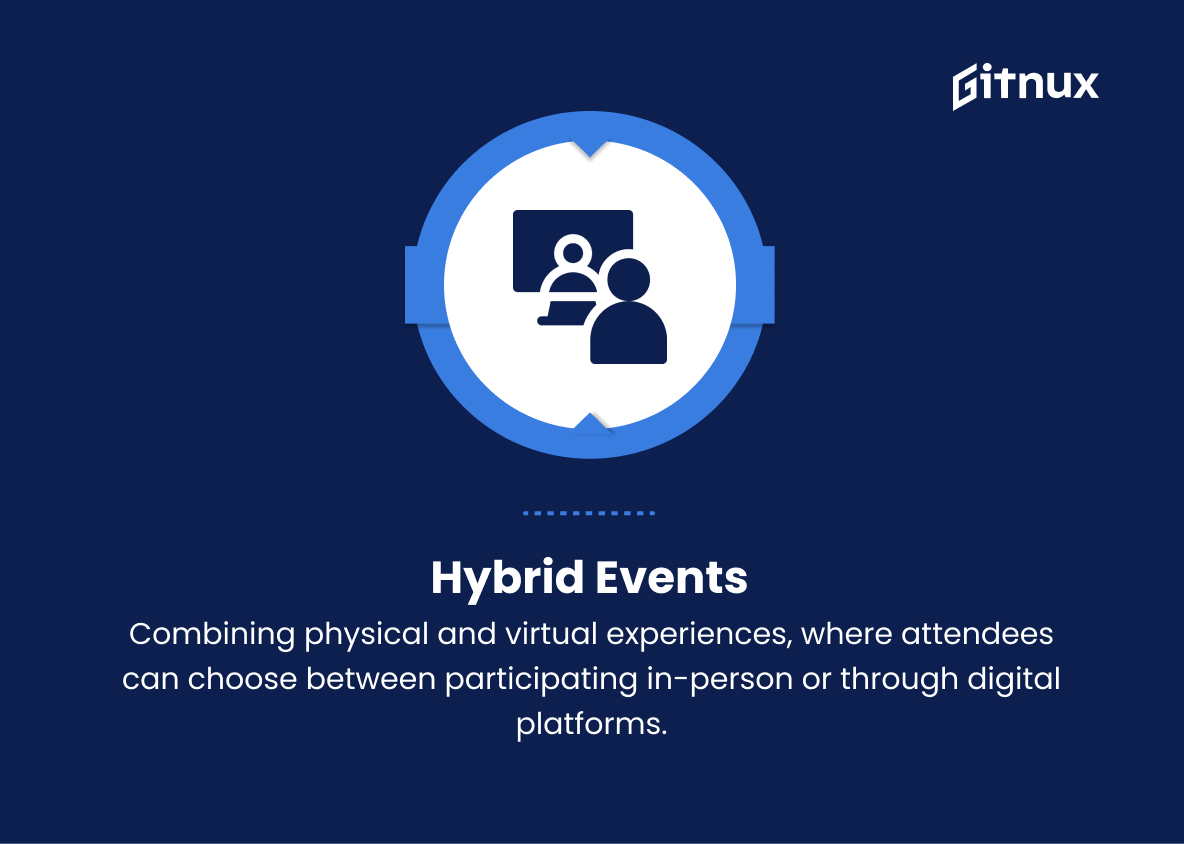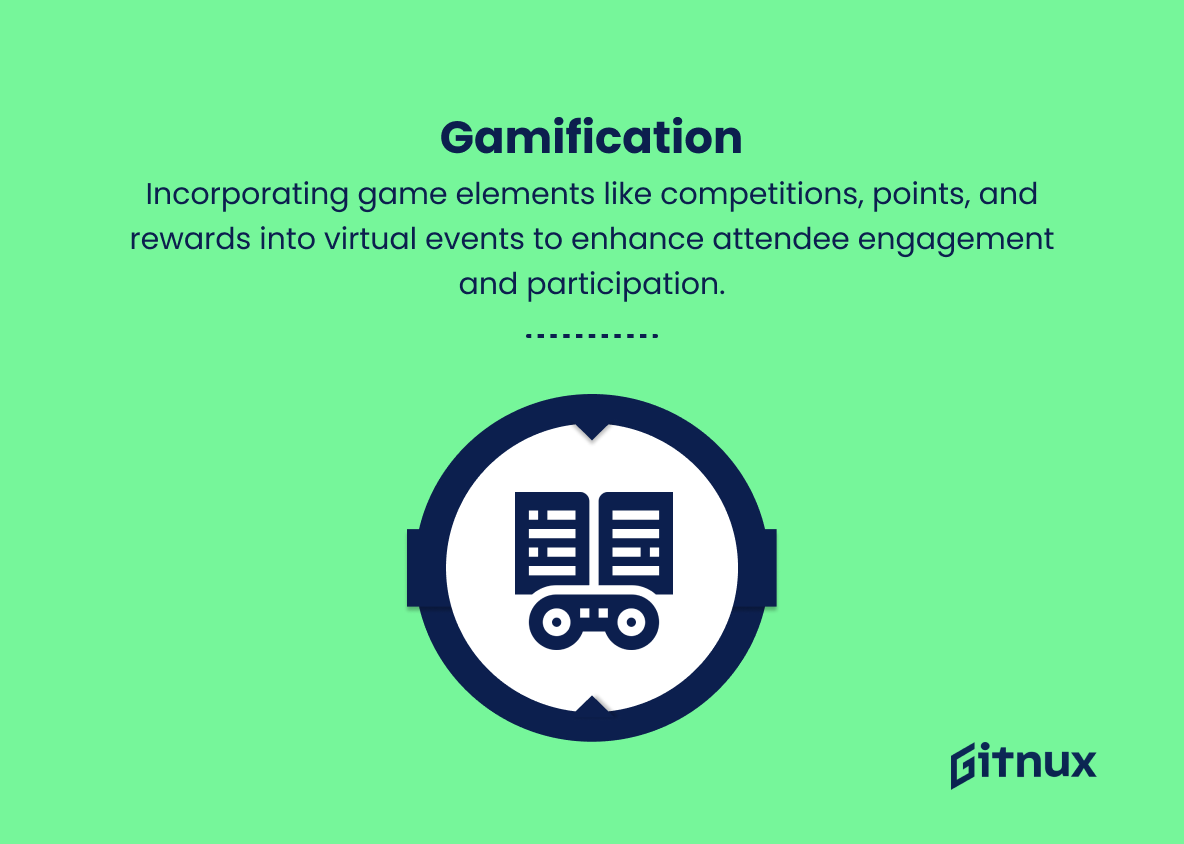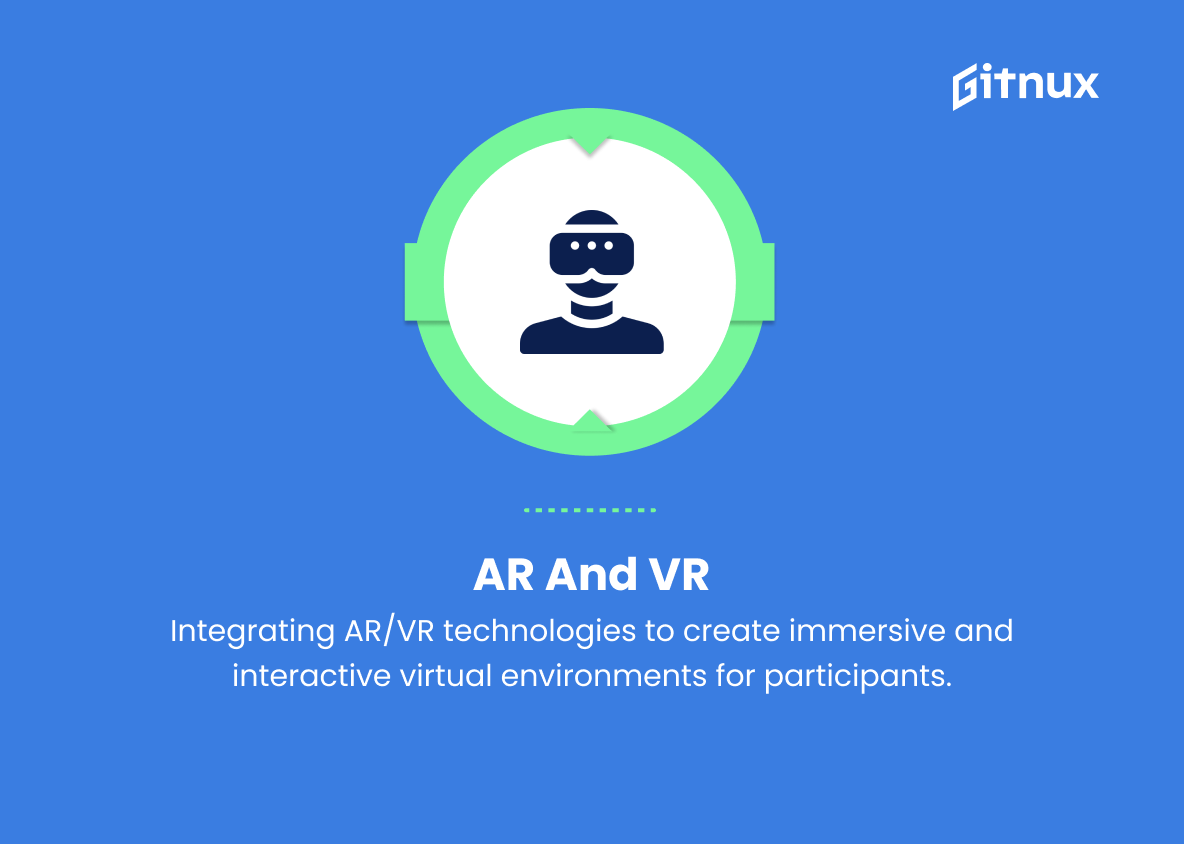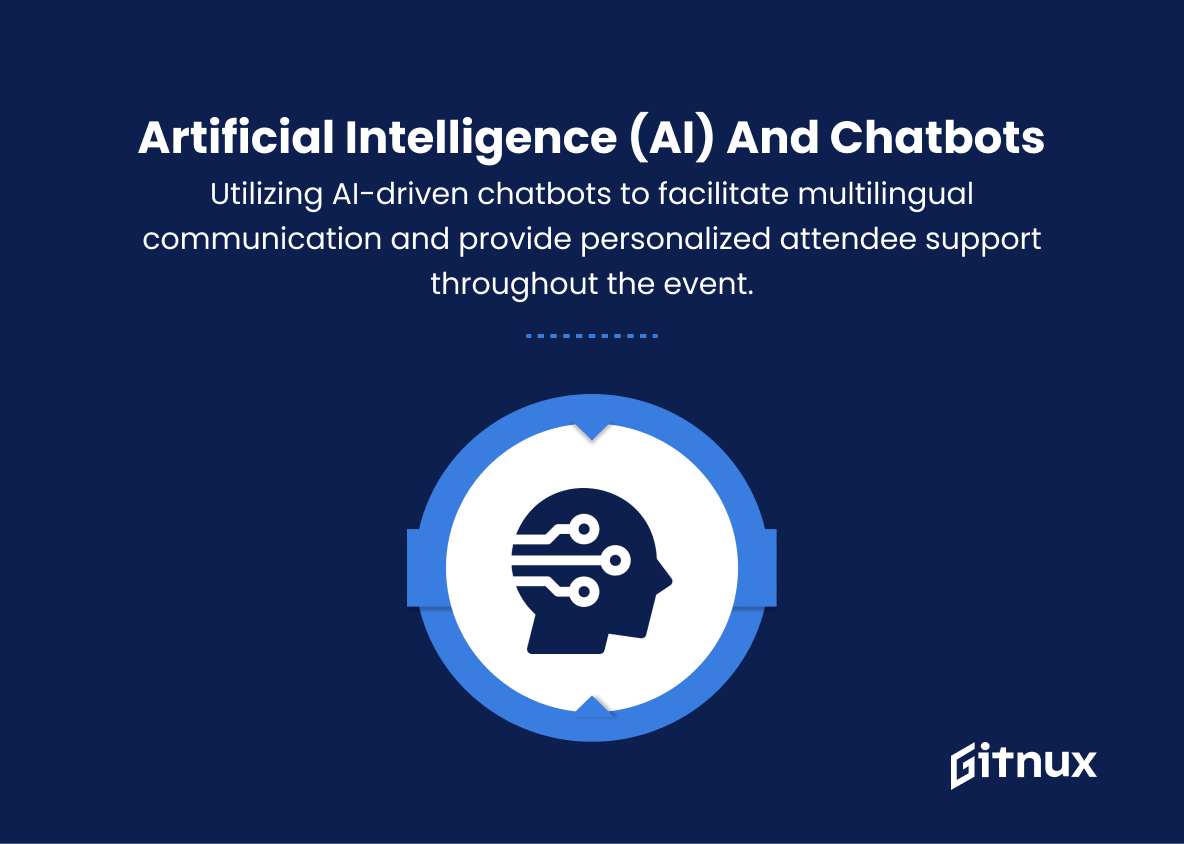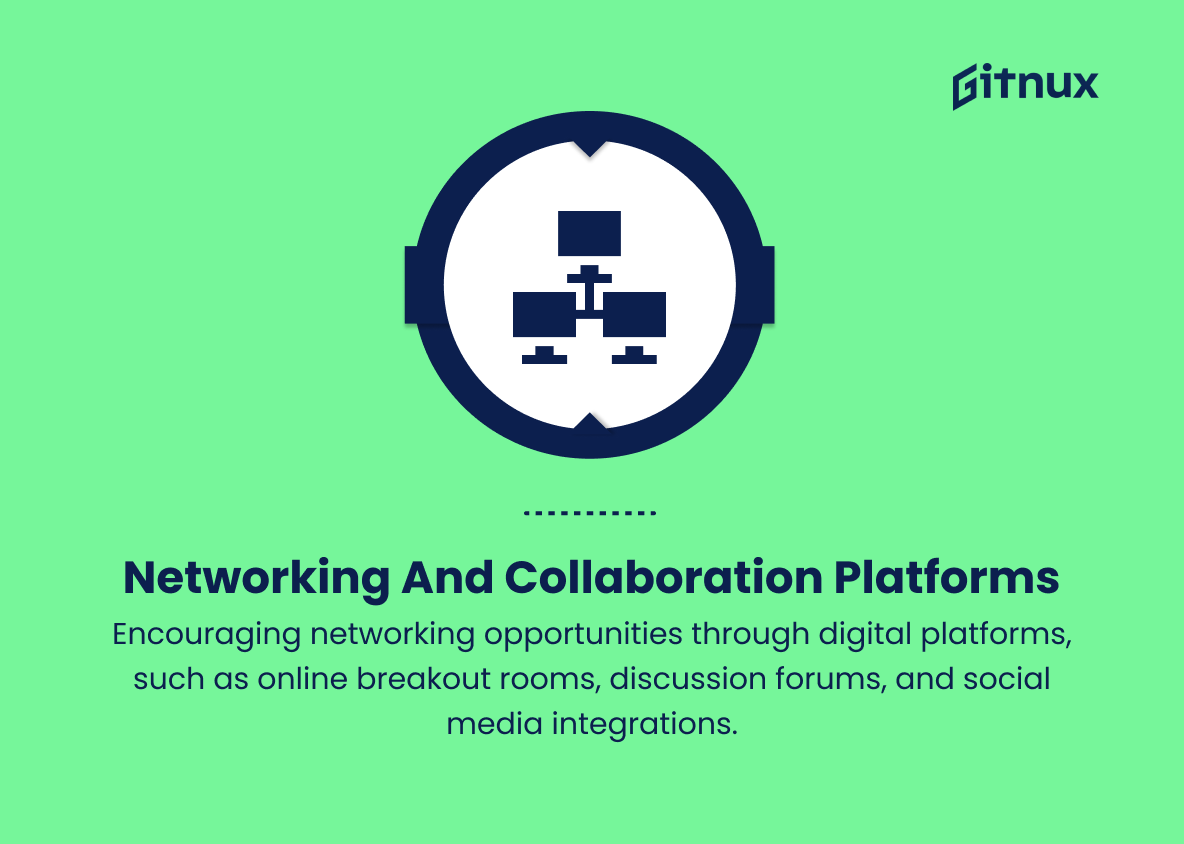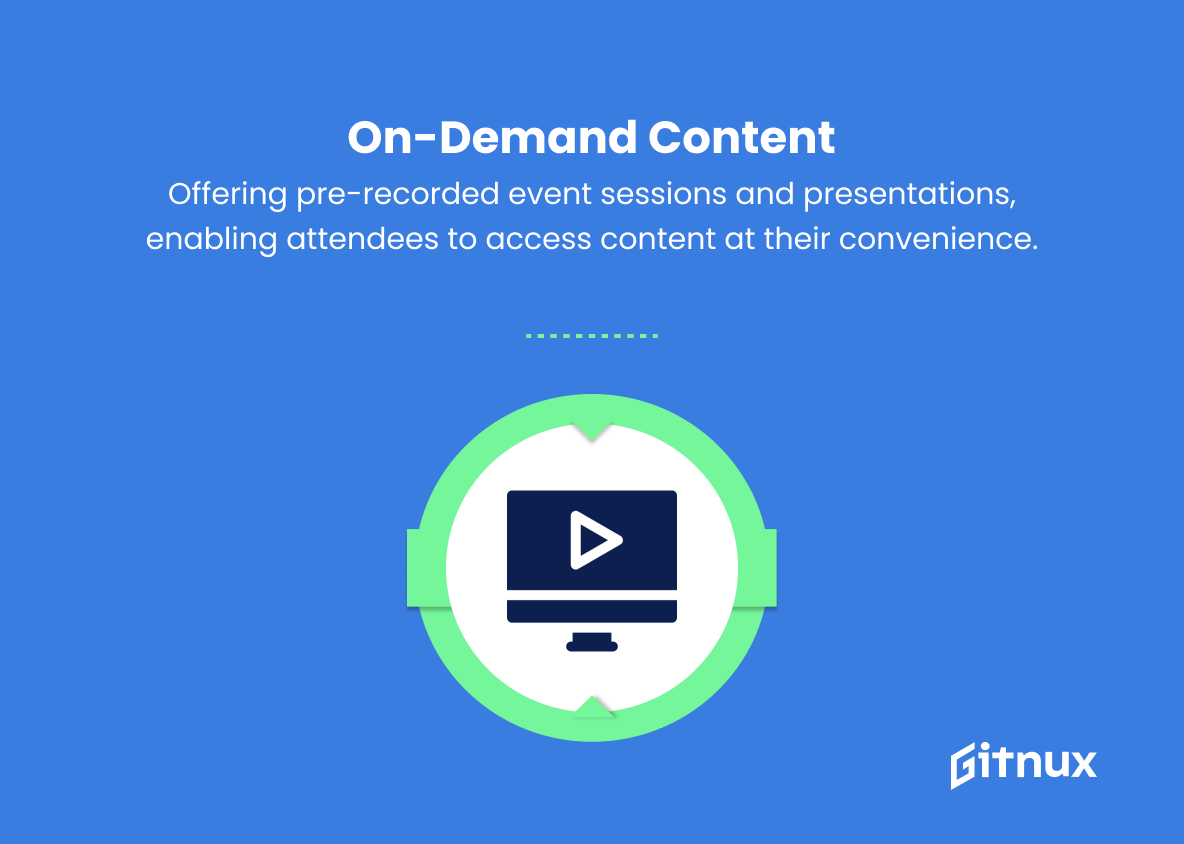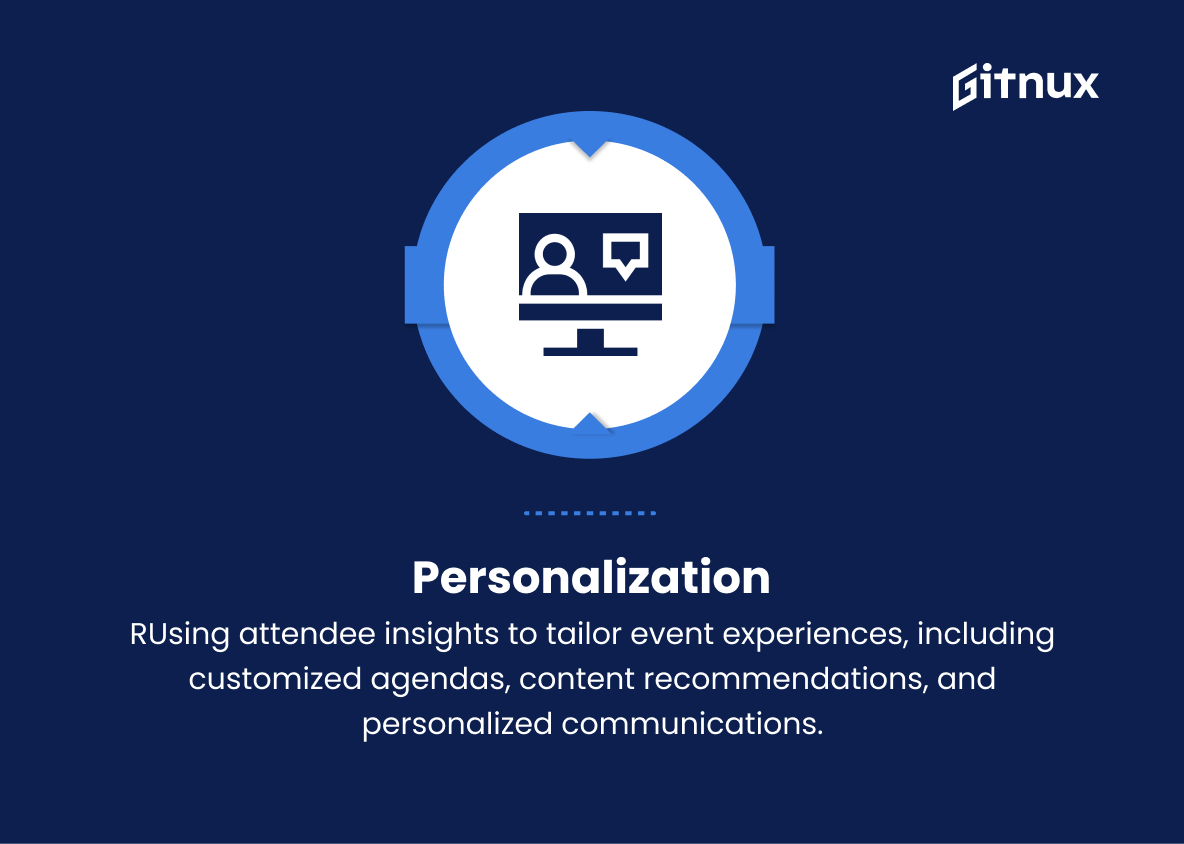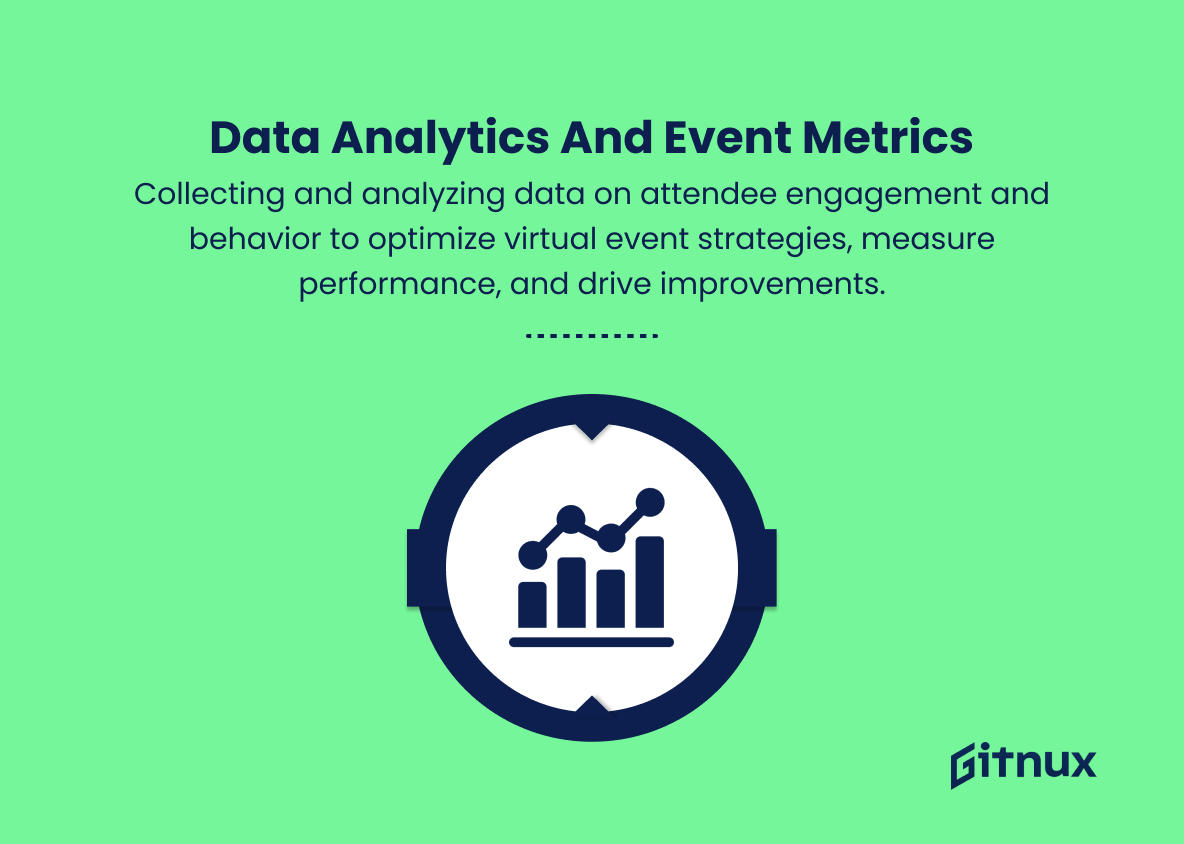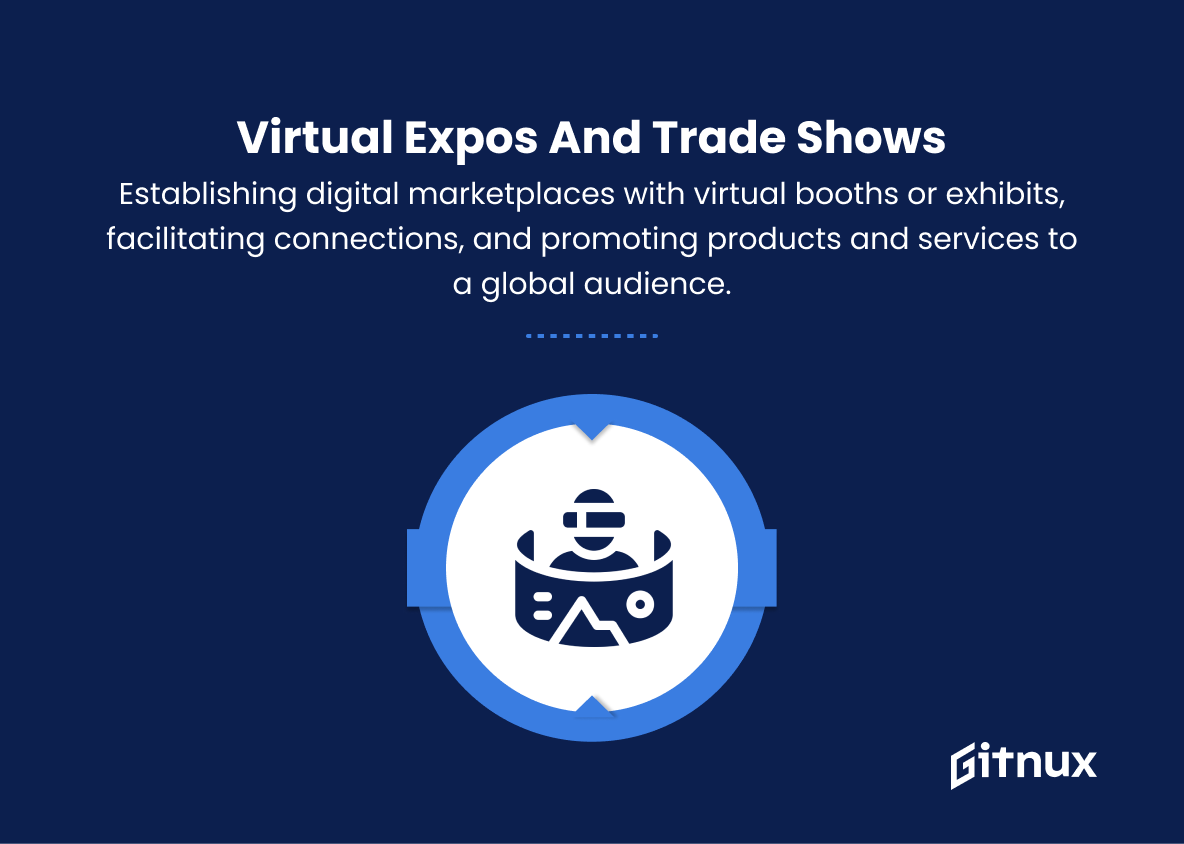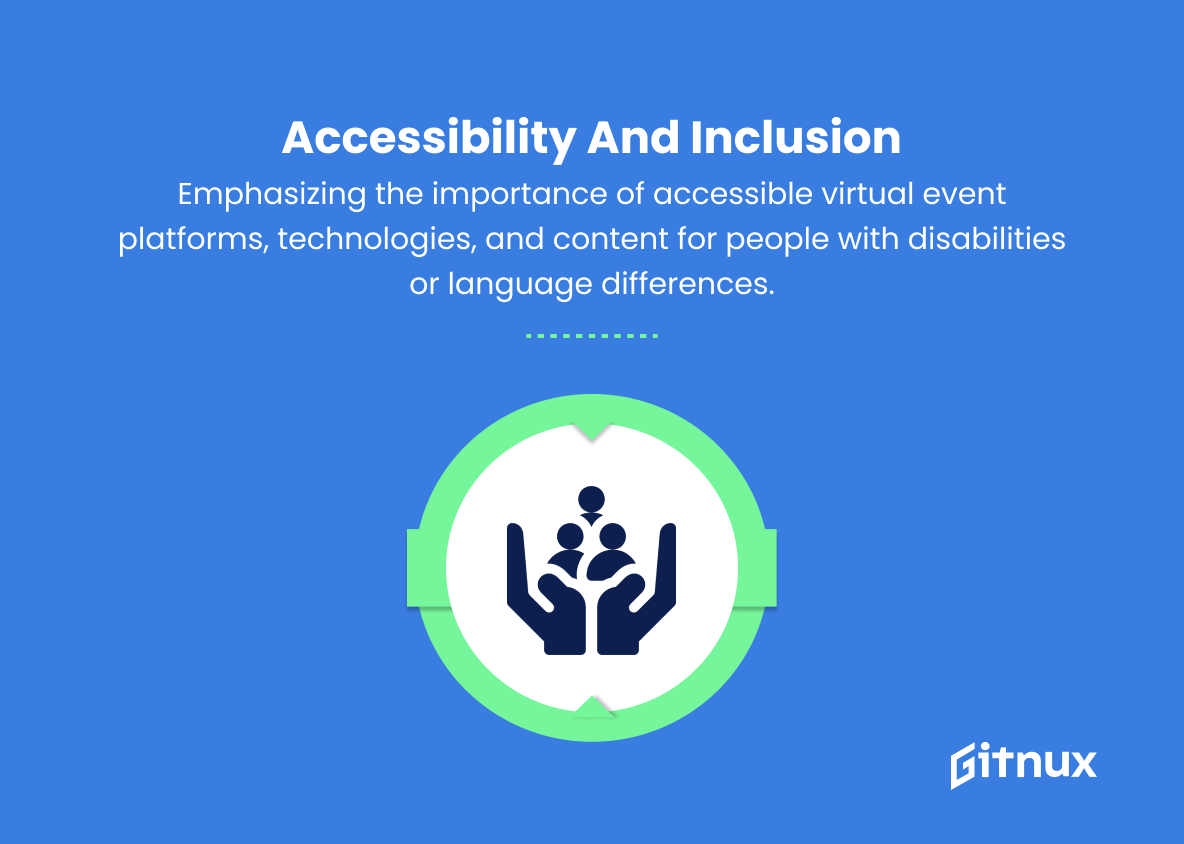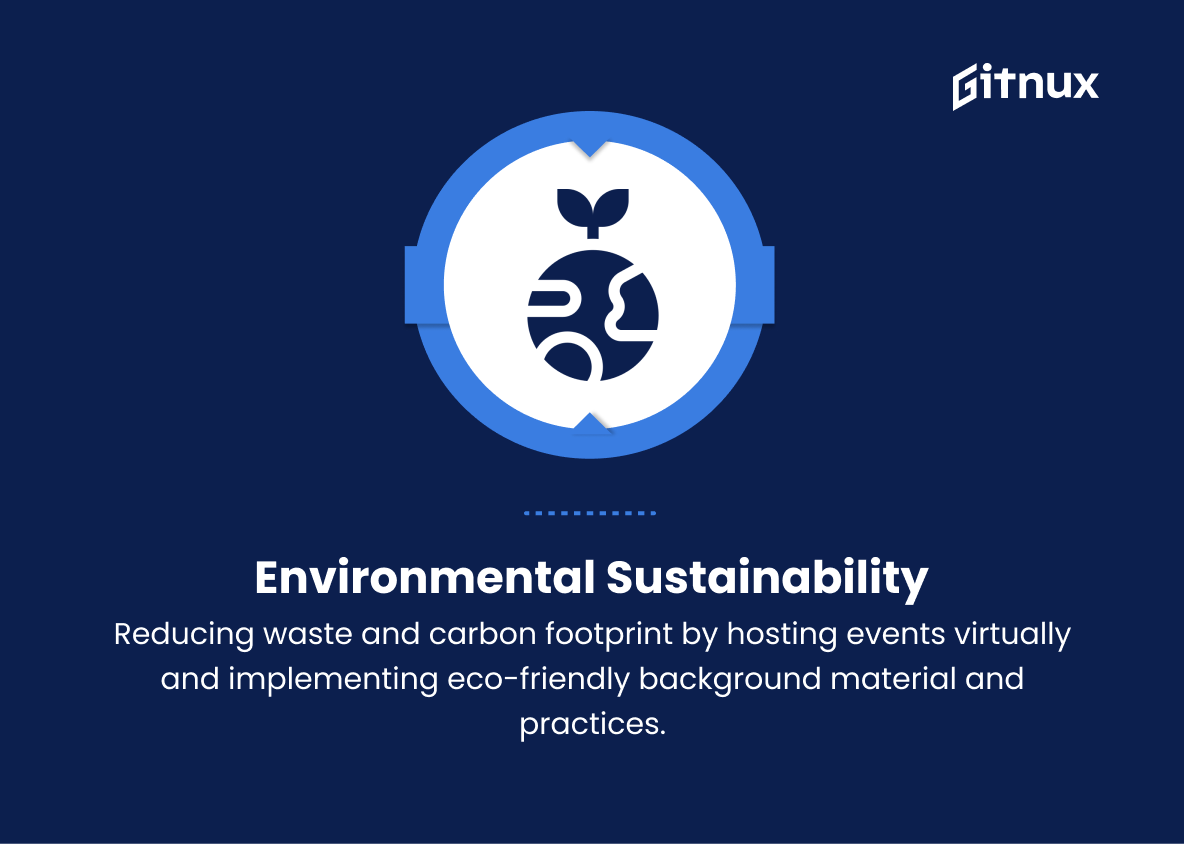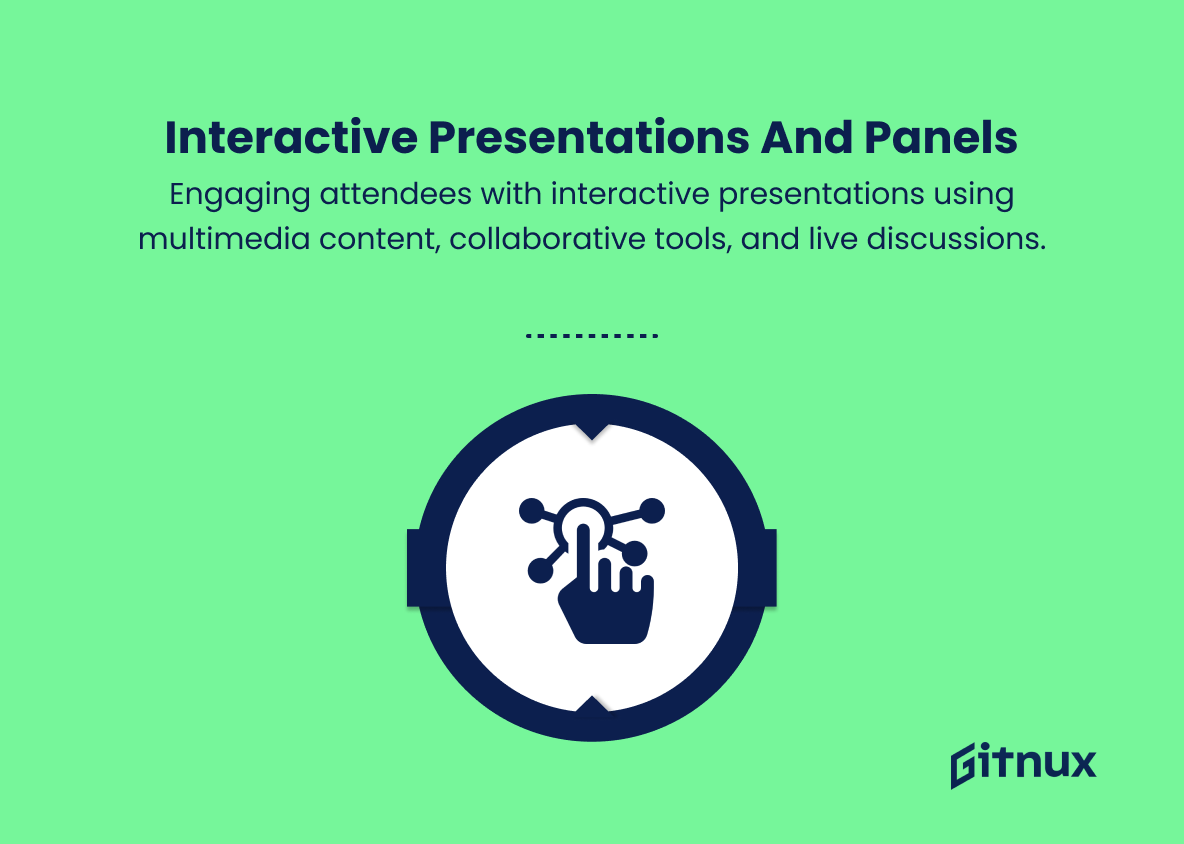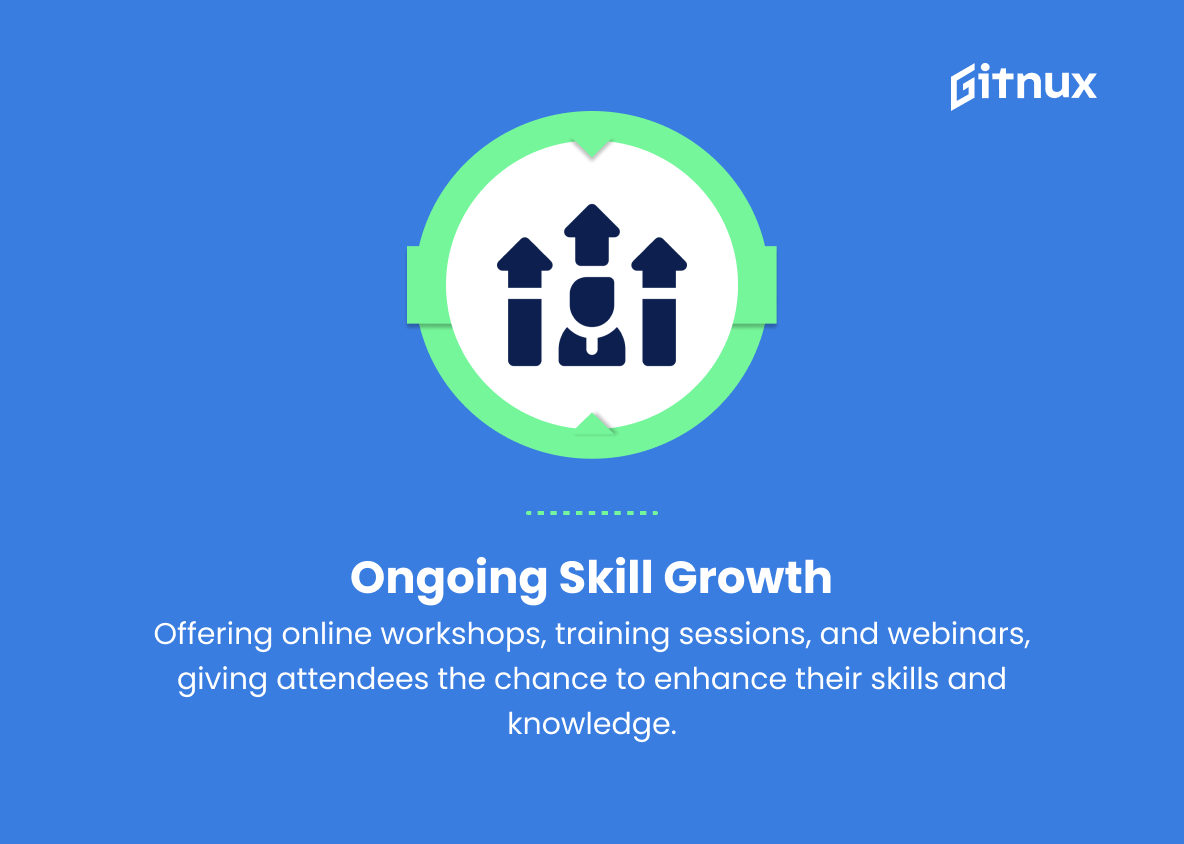As we continue to navigate through the rapidly evolving digital landscape, virtual events have become an indispensable tool, shaping the way we communicate, engage, and connect with global audiences.
Over the past few years, businesses, organizations, and individuals have adapted to this new normal, embracing innovative ideas and technologies to produce next-level virtual experiences.
In this thought-provoking blog post, we delve into today’s Virtual Event Trends—examining how cutting-edge developments and strategies are revolutionizing the realm of online gatherings, and offering valuable insights to enable you to stay ahead in this fiercely competitive world of digital experiences.
So join us, as we unpack these exciting and transformative trends, and discover the future of virtual events.
Top Virtual Events Trends
1. Hybrid Events
Combining physical and virtual experiences, where attendees can choose between participating in-person or through digital platforms.
2. Gamification
Incorporating game elements like competitions, points, and rewards into virtual events to enhance attendee engagement and participation.
3. Augmented Reality (AR) and Virtual Reality (VR)
Integrating AR/VR technologies to create immersive and interactive virtual environments for participants.
4. Artificial Intelligence (AI) and Chatbots
Utilizing AI-driven chatbots to facilitate multilingual communication and provide personalized attendee support throughout the event.
5. Networking and Collaboration Platforms
Encouraging networking opportunities through digital platforms, such as online breakout rooms, discussion forums, and social media integrations.
6. On-demand Content
Offering pre-recorded event sessions and presentations, enabling attendees to access content at their convenience.
7. Personalization
Using attendee insights to tailor event experiences, including customized agendas, content recommendations, and personalized communications.
8. Data Analytics and Event Metrics
Collecting and analyzing data on attendee engagement and behavior to optimize virtual event strategies, measure performance, and drive improvements.
9. Live Streaming and Virtual Conferences
Broadcasting events in real-time to reach a wider audience with interactive features like live Q&A sessions, polls, and virtual roundtables.
10. Virtual Expos and Trade Shows
Establishing digital marketplaces with virtual booths or exhibits, facilitating connections, and promoting products and services to a global audience.
11. Virtual Event Sponsorships
Monetizing virtual events through sponsorships and partnership opportunities, including sponsored sessions, digital banners, and branded event materials.
12. Accessibility and Inclusion
Emphasizing the importance of accessible virtual event platforms, technologies, and content for people with disabilities or language differences.
13. Environmental Sustainability
Reducing waste and carbon footprint by hosting events virtually and implementing eco-friendly background material and practices.
14. Interactive Presentations and Panels
Engaging attendees with interactive presentations using multimedia content, collaborative tools, and live discussions.
15. Continuous Learning and Professional Development
Offering online workshops, training sessions, and webinars, giving attendees the chance to enhance their skills and knowledge.
16. Extended Realities
Utilizing extended reality (XR) technologies like AR, VR, or mixed reality (MR), providing an enhanced virtual event experience.
17. Mobile Event Apps
Leveraging mobile applications that feature event schedules, speaker information, networking platforms, and interactive tools, enhancing attendees’ virtual event experiences.
18. Social Media Integration
Incorporating social media into virtual events to promote networking, gather feedback, and improve visibility.
19. Event Security and Privacy
Ensuring the confidentiality of information shared by participants through secure networking, data protection, and robust event platforms.
20. Virtual Team Building and Entertainment
Facilitating remote team building activities and experiences for employees and attendees, helping them bond, collaborate, and relax.
Implications
Virtual event trends offer diverse, inclusive experiences with gamification, AR/VR, AI chatbots, networking, on-demand content, data analytics, livestreaming, virtual expos, accessibility, sustainability, interactive presentations, continuous learning, and extended realities.
Mobile apps and social media integrate events for accessibility and visibility. Security and privacy measures protect participants’ data. Virtual team building and entertainment enhance remote connections, promoting innovation and collaboration. These trends reflect an immersive, secure event landscape for a tech-savvy global audience.
Conclusion
Virtual events transform global connections, education, and engagement. Trends emerge for captivating and interactive experiences. Innovative tech, immersive environments, and mobile accessibility adapt to user experience needs.
To drive success and reshape connections, creators, organizers, and businesses must stay open to new ideas, emerging trends, and improving user experience for virtual events.
